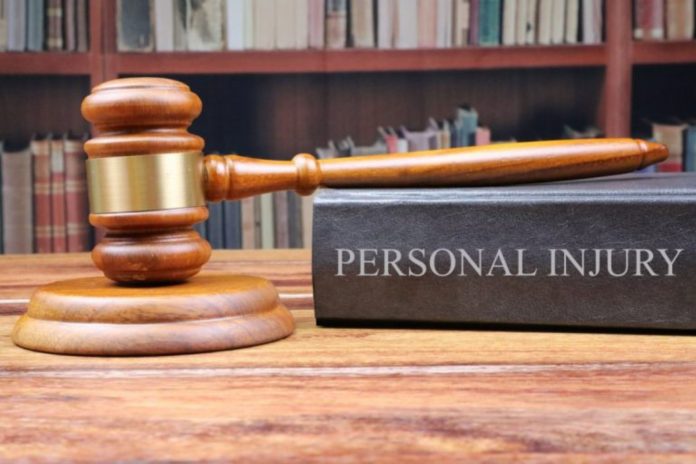Accidental injuries have become so common that they are the fourth most common reason for death in the US. People are casually breaching the duty of care they owe to others, putting them at risk.
People are doing this because they are not being punished properly for their negligence. Many victims fail to take proper action against the at-fault party who caused their accident.
The best way to punish the at-fault party is by filing a personal injury claim. By filing a personal injury claim, you can deter the negligent party and others from engaging in such behavior in the future. Visit https://attorneyguss.com/ to learn how personal injury law can help accident victims.
Winning a personal injury case is not easy since it involves many legal complications. On top of legal complications, insurance companies make it hard for them.
Insurance companies will come up with new defenses and will protect themselves at all costs.
The following are the five most common defenses a plaintiff will face in a personal injury case:
- The Statute of Limitations
- Comparative Negligence
- Assumption of Risk
- Pre-Existing Conditions
- Failure to Mitigate
The Statute of Limitations
The statute of limitations rule governs the time when the plaintiff is allowed to file a personal injury claim. Usually, the statute of limitations for personal injury cases is three years in most states.
However, it may differ based on the state and case type. Speak with a lawyer to know the statute of limitations in your state.
The insurance company may defend itself by saying that the statute of limitations has expired.
If the statute of limimations has expired, then there is nothing you can do.
Comparative Negligence
Comparative negligence is another common defense in personal injury cases. Comparative negligence is of two types: pure comparative negligence and modified comparative negligence.
Pure comparative negligence allows victims to claim compensation even if they are partially at fault for the accident. The percentage they are responsible for will be deducted from their compensation.
According to the modified comparative negligence rule, the victim cannot file a claim if they are more than 50% responsible for the accident.
These rules can be used as a defense in a personal injury case.
Assumption of Risk
Assumption of risk can be used as a defense in cases where the victim knew the risk of a particular activity but ignored it.
For example, you are in a swimming pool. There is a sign that says, “Do not dive, shallow water.” You dive anyway and injure your head. In this case, you knew the risks and still performed that action.
You need experienced lawyers to break the assumption of risk defense.
Pre-Existing Condition
In some cases, the insurance company may claim that your injuries existed even before the accident.
If you didn’t get medical attention after the accident, there is no real way to break this defense.
This is why every personal injury law-related blog post advises victims to get medical attention as soon as possible.
If you see a doctor after the accident, you will have solid proof that you got the injuries because of the accident. The pre-existing condition defense will become worthless.
Failure to Mitigate
Another complication that comes only if you don’t get proper medical attention. The insurance company will defend itself by saying that you didn’t get proper medical attention and intentionally made the injuries worse.
Again, never delay getting medical attention.
Insurance companies will try their best to not compensate you. They will follow all kinds of strategies for that. You need to hire an experienced personal injury lawyer to counter these defenses and other cheap strategies.

